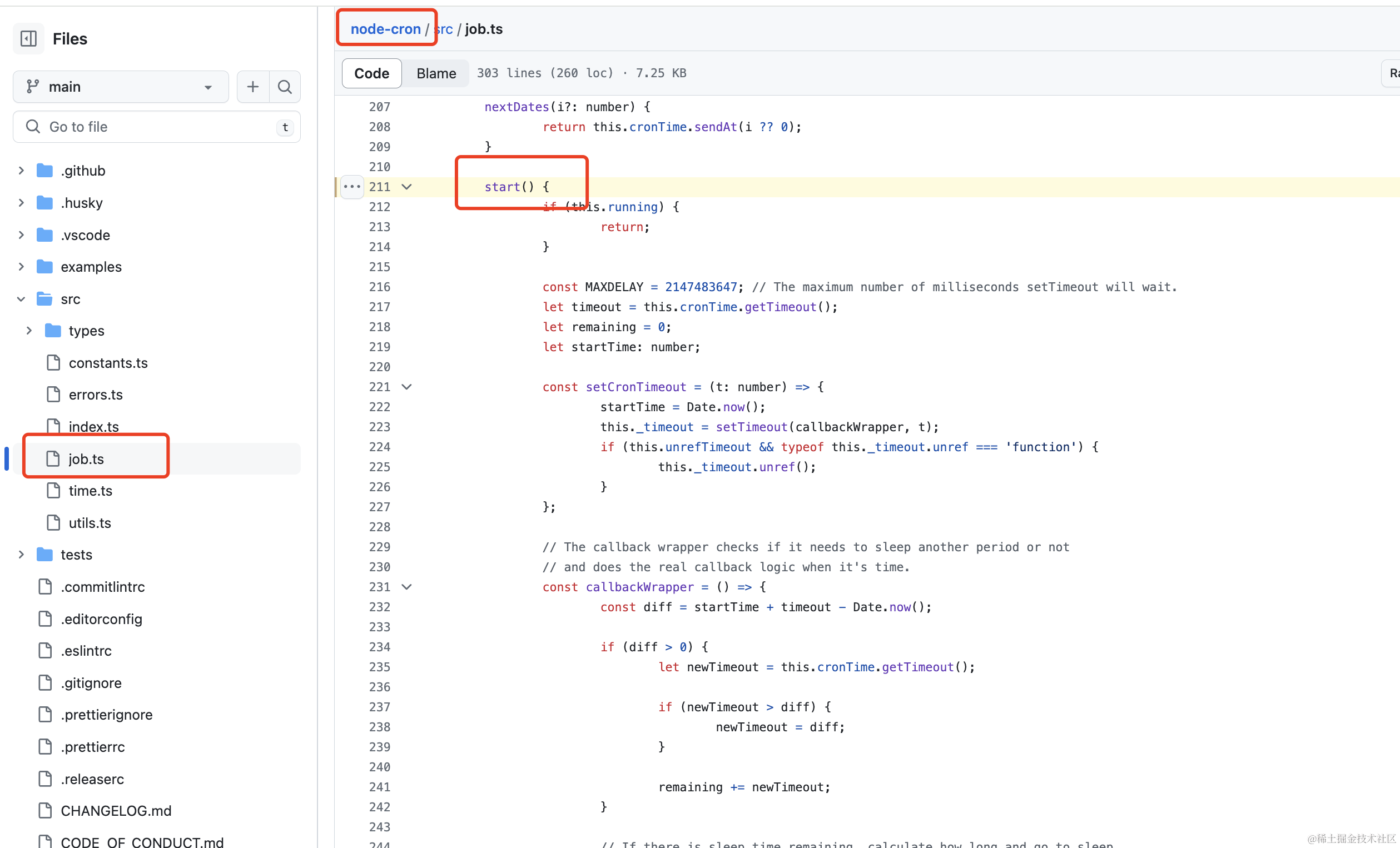python bisect 工具以及应用
主要用于在顺序固定的序列中查找以及插入
内置了四种方法
- bisect_left
- bisect_right
- insort_right
- insort_left
bisect_left/right 方法找到应该插入元素的位置,对于和序列中元素不相同的值,两个方法返回的一样,对于相同的值,left返回相同值的位置,right返回相同值下一个位置
例如在ps = [1, 3, 5, 9, 9, 100]
query = 9
的话,left返回3,right返回5
import bisect
import pandas as pd
import numpy as np
from functools import reduce
from typing import List
import tensorflow as tf
import torch
from sklearn.preprocessing import KBinsDiscretizer
# Bisection algorithms. 源码阅读
def insort_right(a, x, lo=0, hi=None, *, key=None):
"""Insert item x in list a, and keep it sorted assuming a is sorted.
If x is already in a, insert it to the right of the rightmost x.
Optional args lo (default 0) and hi (default len(a)) bound the
slice of a to be searched.
A custom key function can be supplied to customize the sort order.
"""
if key is None:
lo = bisect_right(a, x, lo, hi)
else:
lo = bisect_right(a, key(x), lo, hi, key=key)
a.insert(lo, x)
def insort_left(a, x, lo=0, hi=None, *, key=None):
"""Insert item x in list a, and keep it sorted assuming a is sorted.
If x is already in a, insert it to the left of the leftmost x.
Optional args lo (default 0) and hi (default len(a)) bound the
slice of a to be searched.
A custom key function can be supplied to customize the sort order.
"""
if key is None:
lo = bisect_left(a, x, lo, hi)
else:
lo = bisect_left(a, key(x), lo, hi, key=key)
a.insert(lo, x)
def bisect_right(a, x, lo=0, hi=None, *, key=None):
"""Return the index where to insert item x in list a, assuming a is sorted.
The return value i is such that all e in a[:i] have e <= x, and all e in
a[i:] have e > x. So if x already appears in the list, a.insert(i, x) will
insert just after the rightmost x already there.
Optional args lo (default 0) and hi (default len(a)) bound the
slice of a to be searched.
A custom key function can be supplied to customize the sort order.
"""
if lo < 0:
raise ValueError('lo must be non-negative')
if hi is None:
hi = len(a)
# Note, the comparison uses "<" to match the
# __lt__() logic in list.sort() and in heapq.
if key is None:
while lo < hi:
mid = (lo + hi) // 2
if x < a[mid]:
hi = mid
else:
lo = mid + 1
else:
while lo < hi:
mid = (lo + hi) // 2
if x < key(a[mid]):
hi = mid
else:
lo = mid + 1
return lo
def bisect_left(a, x, lo=0, hi=None, *, key=None):
"""Return the index where to insert item x in list a, assuming a is sorted。
The return value i is such that all e in a[:i] have e < x, and all e in
a[i:] have e >= x. So if x already appears in the list, a.insert(i, x) will
insert just before the leftmost x already there.
Optional args lo (default 0) and hi (default len(a)) bound the
slice of a to be searched.
A custom key function can be supplied to customize the sort order.
"""
if lo < 0:
raise ValueError('lo must be non-negative')
if hi is None:
hi = len(a)
# Note, the comparison uses "<" to match the
# __lt__() logic in list.sort() and in heapq.
if key is None:
while lo < hi:
mid = (lo + hi) // 2
if a[mid] < x:
lo = mid + 1
else:
hi = mid
else:
while lo < hi:
mid = (lo + hi) // 2
if key(a[mid]) < x:
lo = mid + 1
else:
hi = mid
return lo
# Application
# 二分查找函数
ps = [1, 3, 5, 9, 100]
T = 66
print(bisect.bisect_left(ps, T, lo=0, hi=len(ps))) # 二分左边界
print(bisect.bisect_right(ps, T, lo=0, hi=len(ps))) # 二分右边界
print(bisect.bisect_left(ps, 9, lo=0, hi=len(ps))) # 二分左边界
print(bisect.bisect_right(ps, 9, lo=0, hi=len(ps))) # 二分右边界
bisect.insort_left(ps, T, lo=0, hi=len(ps)) # 二分插入到左侧
bisect.insort_right(ps, T, lo=0, hi=len(ps)) # 二分插入到右侧
# 当时自我实现的,找到右边第一个比target的大的值的位置
def find_next_greater_o(arr, target):
"""相当于bisect_right"""
low, high = 0, len(arr) - 1
try:
if target < arr[low]:
return -1
except Exception as e:
return -1
while low <= high:
mid = low + (high - low) // 2
if arr[mid] <= target:
low = mid + 1
else:
if arr[mid - 1] <= target:
return mid
high = mid - 1
return -1
# 利用bisect实现
def find_next_greater(arr, target):
try:
i = bisect_right(arr, target, lo=0, hi=len(arr))
if i == len(arr):
return -1
return i
except Exception as e:
print(f"Error [{e}] happened when finding the [{target}], return default")
return -1
def find_gt(a, x):
# Find leftmost value greater than
i = bisect_right(a, x)
if i != len(a):
return i
return -1
arr = [3, 4, 6, 7]
target = 5
# print(find_next_greater(arr, target))
# print(find_gt(arr, target))
# print(find_next_greater(arr, 'fd'))
# print(find_next_greater(arr, 999))
# print(find_gt(arr, 999))
# def grade(score, breakpoints=[60, 70, 80, 90], grades='FDCBA'):
# i = bisect(breakpoints, score)
# return grades[i]
#
# a = [grade(score) for score in [33, 99, 77, 70, 89, 90, 100]]
# ['F', 'A', 'C', 'C', 'B', 'A', 'A']
应用:数据分箱
# 数据分箱
def p_cut(bins: List[int], val: int, grades=None) -> int:
"""
return the result of discretization input val;左闭右开;
:param bins: bins for describe
:param val: value to set
:param grades: customize the output
"""
if grades is not None:
assert len(bins) == len(grades)
grades = grades
else:
grades = reduce(lambda x, y: str(x) + str(y),
[i for i in range(len(bins) + 1)])
# try if for cover typeerror
try:
i = bisect_right(bins, val)
return int(grades[i])
except TypeError as e:
print(f"TypeError: {e} for input {val}")
return -1
print("*" * 10 + "Discretization test" + "*" * 10)
print(p_cut([1, 10, 20, 50, 100], val=5))
print(p_cut([1, 10, 20, 50, 100], val=1))
print(p_cut([1, 10, 20, 50, 100], val=10))
print(p_cut([1, 10, 20, 50, 100], val=500))
print(p_cut([1, 10, 20, 50, 100], val=""))
bins = [1, 10, 20, 50, 100]
test_arr = [-100, None, 1, 5, 30, 500]
test_arr1 = [-100, 1, 5, 30, 500]
print([p_cut(bins, v) for v in test_arr])
# 同样的功能利用pandas cut实现
# pandas cut 不支持val是其他类型,会直接报typeerror;
# pandas cut 对于不在区间内的值做NaN处理
print(pd.cut(test_arr1, bins=bins, labels=['a', 'b', 'c', 'd']))
# 在大数据情况下,pandas cut可能不够高效,同样的功能还可以使用sklearn实现
data = np.array(test_arr1).reshape(-1, 1) # 重塑数据为2D,因为 Scikit-Learn 需要2D数组
est = KBinsDiscretizer(n_bins=4, encode='ordinal', strategy='quantile')
est.fit(data)
bins_sk = est.bin_edges_[0] # 获取边界
print(bins_sk)
# tensorflow实现
## tf.keras.layers.Discretization
## tf.keras.layers.Discretization 左闭右开
"""在tf1 中是使用 tf.feature_column.bucketized_column
但是在tf2 中官方推荐的是tf.keras.layers.Discretization
"""
discretization_layer = tf.keras.layers.Discretization(bin_boundaries=bins)
print(f"tf.keras output:{discretization_layer(test_arr1)}")
## tf.searchsorted or torch.searchsorted(bins, values, right=True) 左开右闭
print(tf.reshape(tf.searchsorted(bins, test_arr1), (-1, len(test_arr1))))
bins_tensor = torch.tensor(bins, dtype=torch.float32)
values = torch.tensor(test_arr1, dtype=torch.float32)
indices = torch.searchsorted(bins_tensor, values, right=False)
# 对比
print("*" * 10)
print(f"self code output:{[p_cut(bins, v) for v in test_arr1]}")
print(f"pd.cut output: {pd.cut(test_arr1, bins=bins)}")
print(f"tf.keras output:{discretization_layer(test_arr1)}")
print(f"torch.searchsorted output:{indices}")
print(f"tf.searchsorted output :{tf.searchsorted(bins, test_arr1)}")
print("*" * 10 + "Discretization test finished" + "*" * 10)




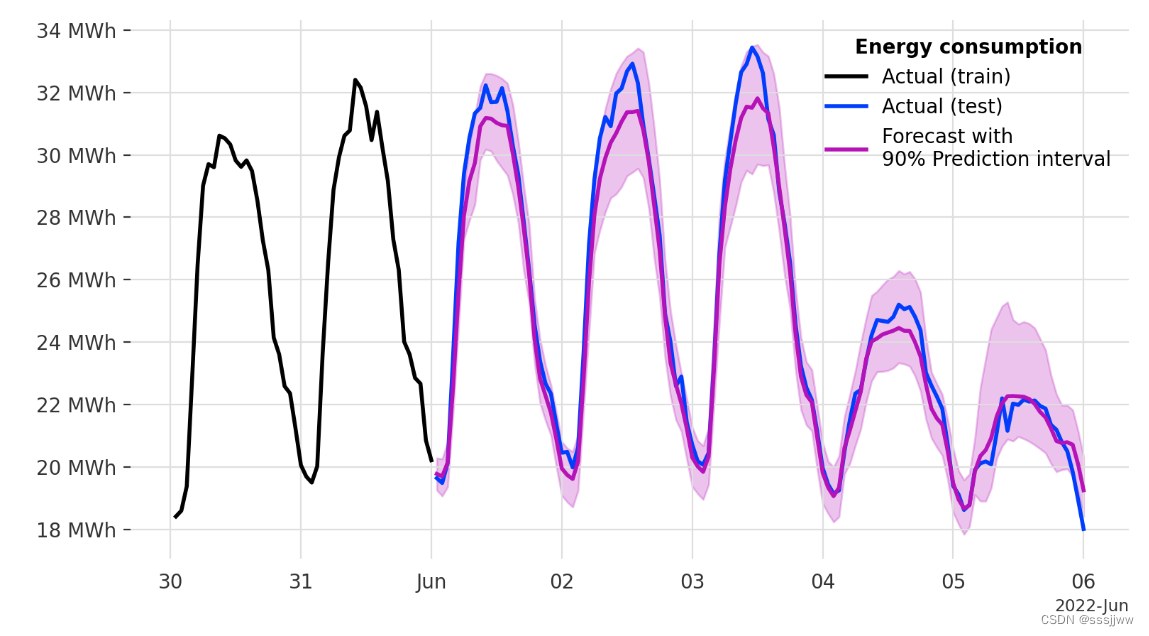


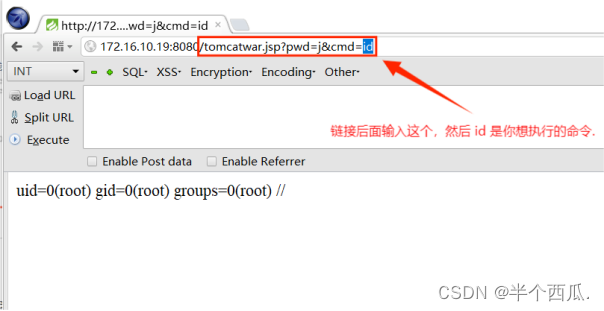
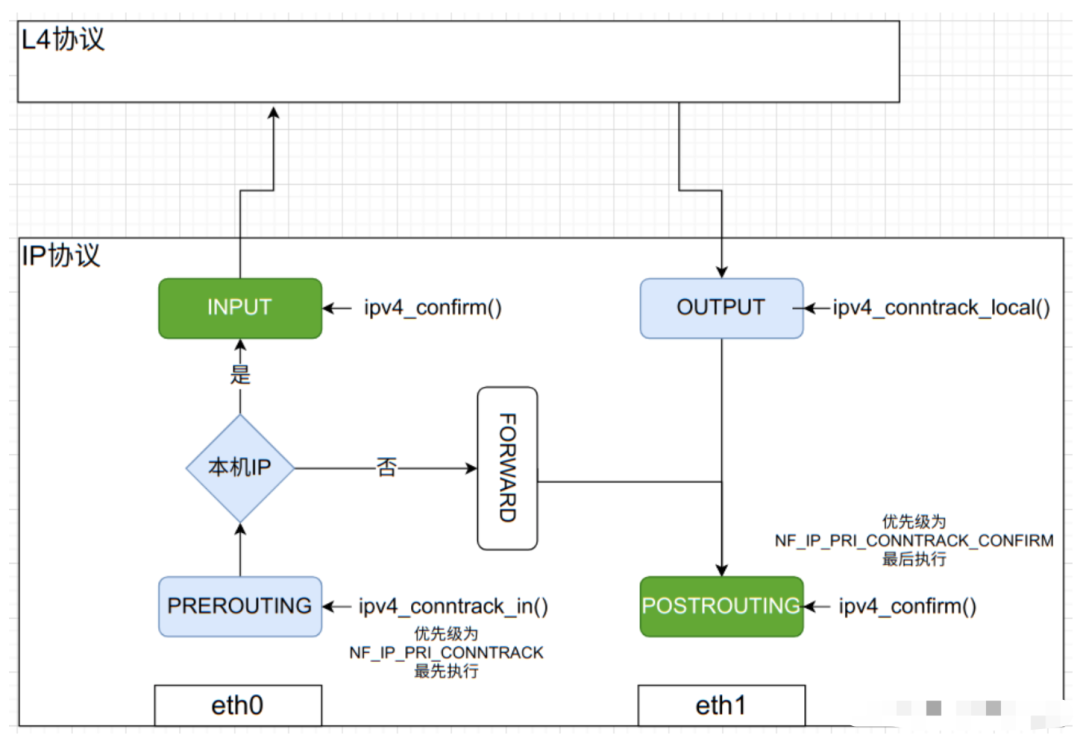


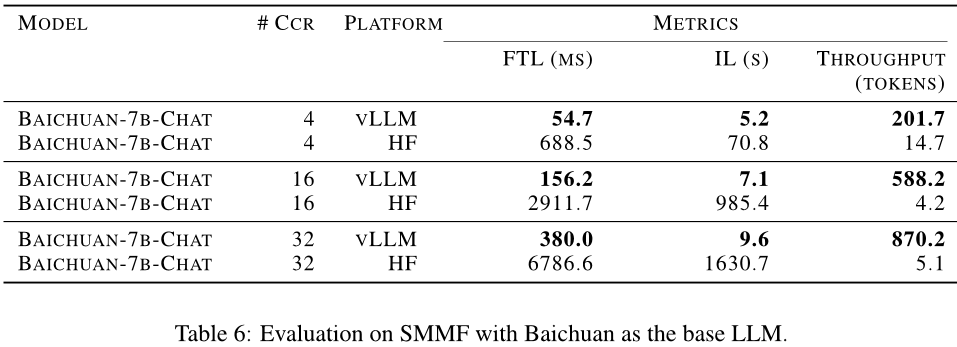
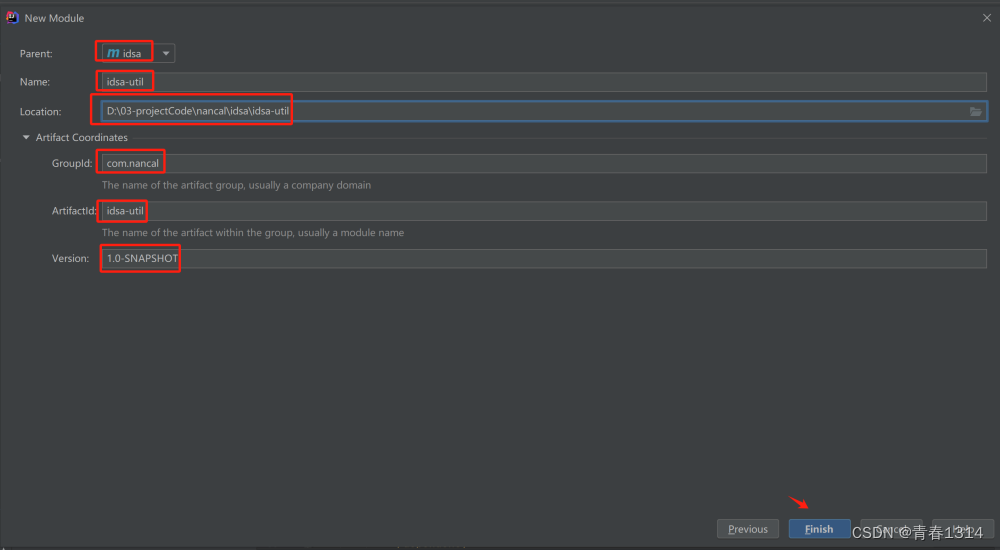

![端口被其他进程占用:OSError: [Errno 98] Address already in use](https://img-blog.csdnimg.cn/direct/283a52ab782f4ea8ac34459b11de27a7.png)


